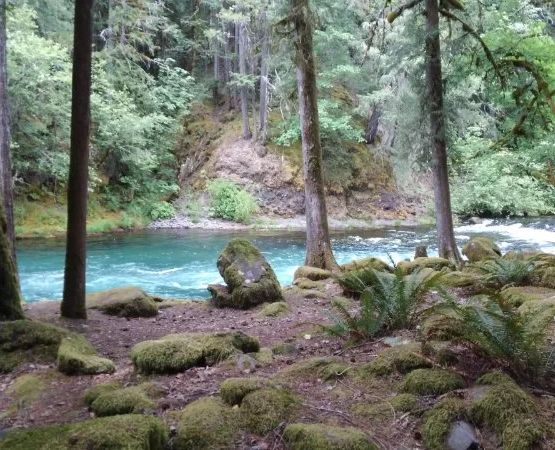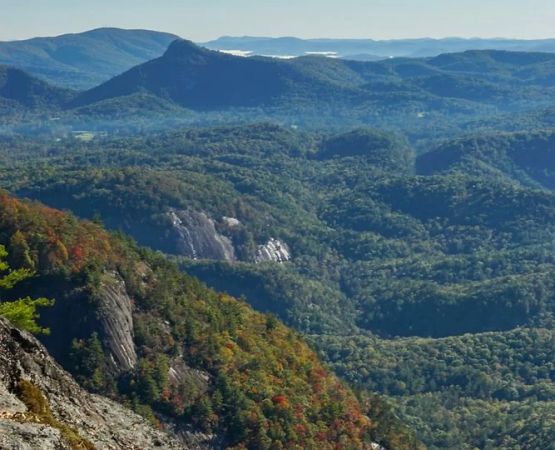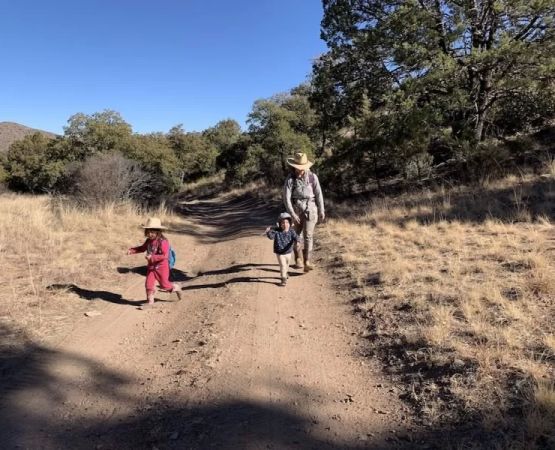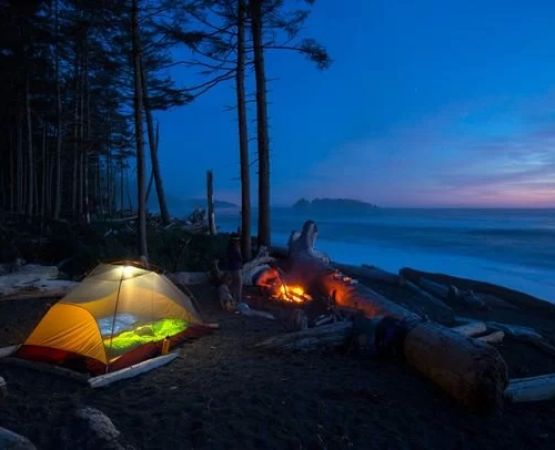- 1 - Understanding Wildfire Risks on Trails
- 2 - Essential Preparations Before Hiking
- 3 - Staying Alert to Changing Conditions
- 4 - Safety Gear for Wildfire Preparedness
- 5 - Real Stories of Hikers Facing Wildfires
- 6 - Action Steps if You Encounter a Wildfire
- 7 - Planning Ahead for Safer Adventures
Understanding Wildfire Risks on Trails
Wildfires are a growing concern for hikers, especially in regions with hot, dry climates. Trails that seem safe at sunrise can become dangerous by the afternoon if winds shift or temperatures rise. Hikers should understand that fires spread quickly and unpredictably, and awareness is the first step in preparation. Knowing which seasons carry higher fire risks in your area is critical to safe outdoor planning.
Essential Preparations Before Hiking
1. Researching Fire Conditions
Check local fire warnings, weather forecasts, and park alerts before heading out. Many parks now provide real-time updates on fire risk levels, which can help you decide whether to continue with your hike or reschedule.
2. Sharing Your Hiking Plan
Always let someone know where you are hiking and when you expect to return. In the event of a wildfire, this information becomes invaluable to rescuers. A detailed plan improves your chances of quick assistance if needed.
Staying Alert to Changing Conditions
1. Watching for Early Warning Signs
Smelling smoke, hearing crackling, or noticing a sudden haze are strong indicators of nearby fire activity. Even if the flames are not visible, hikers should react immediately and consider evacuation.
2. Monitoring Wind and Weather
Wind shifts can cause fires to change direction within minutes. Stay aware of your surroundings and have an exit route planned. Trust your instincts—if conditions feel unsafe, leave early rather than late.
Safety Gear for Wildfire Preparedness
Carrying the right gear can make a critical difference during an emergency. Lightweight respirator masks help protect from smoke inhalation, while compact fire blankets provide temporary shielding. A GPS device or offline map is essential if trails are obscured by smoke. At Pine Cliff Resort, you can find curated gear designed for outdoor safety, including multi-purpose emergency kits that are perfect for hiking in fire-prone areas.
Real Stories of Hikers Facing Wildfires
In 2021, a group of hikers in California narrowly escaped a fast-moving blaze thanks to a ranger’s early warning. They had masks and extra water, which helped them stay safe until they reached the trailhead. Another hiker shared online how an emergency blanket shielded him from radiant heat while he navigated through smoky terrain. These stories highlight how preparedness can mean the difference between survival and tragedy.
Action Steps if You Encounter a Wildfire
1. Move Away from Fire and Smoke
Head downhill or toward areas with less vegetation, as fires tend to move uphill quickly. Avoid canyons where flames and smoke can funnel and intensify.
2. Cover and Protect Yourself
Use a cloth or mask to protect your lungs from smoke. Stay low to the ground where air is clearer and move steadily toward safety. If escape routes are limited, find a natural firebreak such as a stream or rocky clearing.
Planning Ahead for Safer Adventures
Wildfires are unpredictable, but preparation and awareness greatly reduce risks. Hikers should build wildfire readiness into their trip planning, from checking fire warnings to packing essential gear. Choosing the right equipment ensures you can handle unexpected challenges on the trail. For those planning upcoming hikes, Pine Cliff Resort offers recommendations for outdoor safety gear to make your adventures both enjoyable and secure.
Hiking Smart in a World of Rising Fire Risks
Knowing how to prepare for a wildfire while hiking is not just a precaution—it’s a necessity. By combining smart planning, proper gear, and quick decision-making, hikers can safely navigate fire-prone environments. Adventure is about enjoying nature, but safety ensures you live to enjoy many more journeys.






